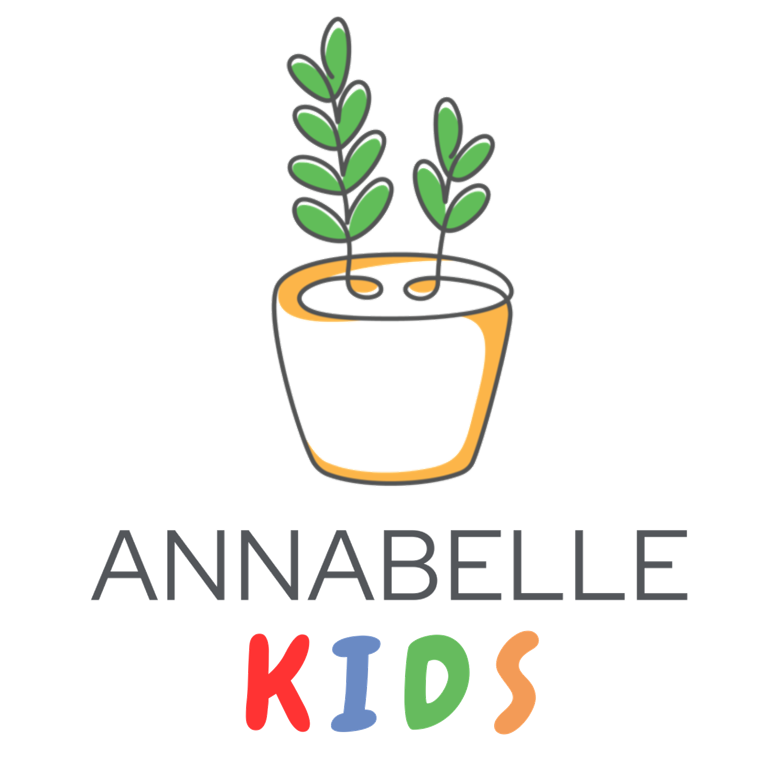Caffeine Pouches: A “Better” Alternative to Coffee? Think Again.
Photo by Duy Nguyen on Unsplash
Many of us rely on a caffeine boost to get through a busy day. It’s everywhere – a morning ‘kopi,’ an afternoon latte, or an energy drink during the exam season.
In recent years, a new product has quietly entered the market overseas – caffeine pouches. These small, flavoured sachets are tucked between the lip and gum, offering a quick caffeine fix through the mouth lining. Platforms like TikTok have helped popularise them among young people, often portraying them as a “healthier alternative” to coffee and energy drinks.
It's a matter of time before they make their way to Singapore. If a caffeine pouch looks harmless, like a mint, would your child know the risks? That’s why it’s important to know what they are, why they’re appealing and how we can support our children in navigating this.
Why Youth Might Turn to Stimulants
The academic pressure in Singapore can be intense. Many of our children feel a very real need to stay alert, concentrate longer, and squeeze more hours out of the day. To cope, some may reach for energy drinks, coffee, or matcha to keep themselves awake.
Now, imagine a day when caffeine pouches are plugged as the latest “study hack” on social media – what do you think might happen? Chances are, many young people will be tempted to try it out, whether out of curiosity, stress, or simply following the latest trend.
The Hidden Risks
While caffeine might seem harmless, it can quietly cause more harm than parents realise. The high caffeine content in caffeine pouches, unclear health warnings, and ease of use can pack a much stronger punch than expected.
Risk of Overdose
Some pouches contain the caffeine equivalent of two or more cups of coffee. When combined with other caffeinated beverages, it’s easy to exceed safe limits without realising (FYI, the recommended maximum for adults is 400mg a day; that’s about four small cups of coffee). Too much caffeine can cause racing heartbeats, nausea, anxiety, or, in rare cases, serious health consequences. Yet, many young people remain unaware of just how powerfully caffeine can affect their bodies.
Potential for Dependence
Like any stimulant, regular use can lead to tolerance and dependence – needing more to achieve the same effect. Over time, youths may find it difficult to concentrate or stay alert without a pouch. And if they try to stop suddenly, they may experience withdrawal symptoms such as headaches, fatigue, irritability, and mood swings.
Mental and Emotional Effects
Too much caffeine can worsen anxiety, disrupt sleep, and affect mood regulation. For students already under pressure, this can set off a vicious cycle: more caffeine > more anxiety and poorer sleep > lower focus and more stress > taking more caffeine to cope.
How You Can Support Your Child
If your teen starts experimenting with caffeine pouches (or any stimulant), don’t panic. Rather, approach it calmly, through open conversations and gentle guidance.
Here are a few ways to support them:
Listen First – Open, non-judgmental conversations build trust.
Educate Calmly – Explain how caffeine pouches affect the brain and body.
Watch for Signs – Sleep issues, irritability, or headaches can signal overuse.
Taper, Don’t Cut – Reduce gradually to avoid withdrawal.
Model Moderation – Teens learn most from what we do, not what we say.
A Parting Thought
Caffeine pouches may not be "a thing" in Singapore yet, but trends travel fast. And when they do arrive, being informed helps you guide your child with calm confidence, not fear.
By talking openly, setting clear expectations, and helping your child build healthier energy habits, you can support them in navigating trends like caffeine pouches without falling into the trap of dependence or overuse.

